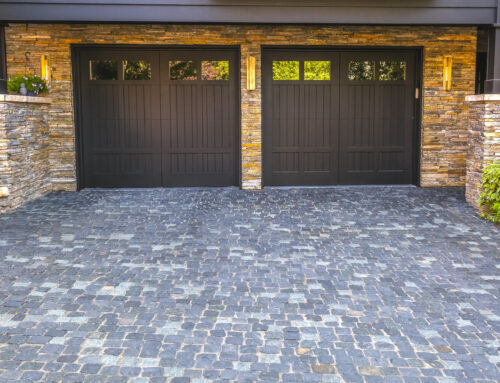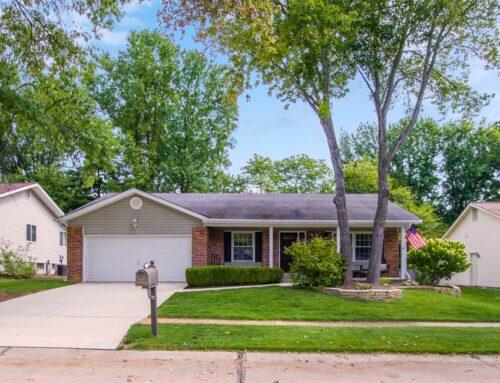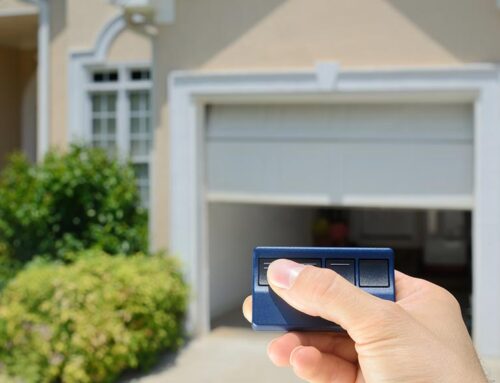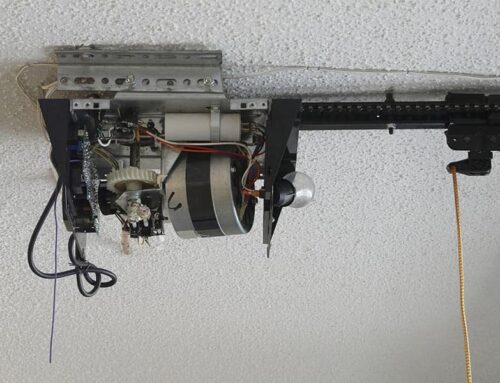You have smashed that button but the garage door will not budge. What to do? Find out why your garage door opener is missing the mark (and how you can fix it).
Did you know that 89 percent of homeowners use their garage door as their home’s main entrance and 71 percent use the remote opener daily to enter their home?
When you rely on a door that works with a remote opener, you have to make sure it is always functional. But what can you do if it stops working?
Let us take a look at some common issues you may run into with the garage door opener and how you can fix them.
Remote Door Opener Batteries Are Dead
This is one of the most common reasons your remote opener may not work and it is also the easiest to fix.
Think back to when you last replaced the batteries. Remote batteries last about two years, so if it has been longer than that, you have to replace them. If your remote has an LED light, check if it lights up or not.
Another battery issue is corrosion. Open the battery compartment and check it for signs of rust. If you see the interior is dirty, wet, or rusty, you will need to clean the compartment and then get new batteries.
Try the wall switch before calling a professional. It if works, it is an indication the batteries are the issue.
Lock Button Is On
Another simple cause of a malfunctioning remote is if you have accidentally engaged the lock button on your garage door’s wall-mounted control panel. If you have, you can disengage it by pressing the lock button again.
Be sure to test the door again with the lock off.
Disrupted Signal
Many times, the remote’s signal cannot reach the door. There may be items blocking the sensors or you may be out of range. The antenna could also be damaged.
You can test this by standing about 20 feet from your garage door. If the remote works, then you know it is a range issue and you want to keep trying at different distances to see where its limit is.
If the remote still does not work, check the antenna for debris or other damage, and be sure that it is pointing towards the garage door. For damaged antennae, you need to reach out to a garage door repair professional.
Radio Frequency Interference
Your garage door’s opener has radio transmitters that usually function at about 300 to 390 MHz. Other appliances, electronics, and more can interfere with the frequency. Most often, interference does not cause your remote to stop working entirely, but it does reduce its range.
Some common causes of interference can be telephone lines, WiFi networks, motion detectors, car battery chargers, home appliances, LED lights, wireless doorbells, and even copy machines.
If your garage door is an older model and the remote still has LED lights, the issue could be the remote itself.
Start inside the garage. Is there anything in there that could be causing interference? If you spot a potential culprit, turn it off or remove it from the area before trying again.
Of course, the interference may be coming from another home or business, in which case you will need to turn to professionals to help you reset the code or upgrade your system.
Remote Needs Reprogramming
With use, the signal between your garage door and the remote opener can get distorted. It is a bit like a computer freezing up. Before you call for help from experts, you can try to reprogram it.
To do this you want to erase the old codes by pressing the remote’s LEARN button and waiting until the lights turn off. Immediately after, hold the main button for about three seconds or until the remote’s lights flash or blink.
Each type of remote is different, so check the manufacturer’s manual to see how to reprogram it.
Wiring Malfunction
If you see that neither the remote nor the wall-mounted panel work, there may be a wiring issue. It could be an issue with the garage door’s system control or the opener’s receiver board.
To test the wiring, unplug the opener, find the two wires in the motor and disconnect them. Reconnect everything to power and reprogram your remote. Follow these steps a second time and connect the wiring to the motor once more.
You then want to find the wall-mounted controls and do the same thing. Once you have it connected again, try the remote.
Faulty or Dirty Photo-Eyes
Photo-eye sensors are a safety feature that, along with an emergency release cord, all garage doors have. They are two sensors along the bottom of the door that project a beam of light to each other. If something intercepts the beam, the sensors stop the door from closing.
No matter how many times you press the remote button, the door will not finish closing.
Inspect the photo-eyes and check the door. Something as simple as a leaf may be interfering with the light beam.
Blown Ground Fault Interpreter
Ground fault interpreters or GFIs protect your home from electrical issues like overheating. Your GFIs can prevent blown fuses.
If you have a malfunctioning GFI, your garage door may not open or close, or it may start relying on its backup battery if your model has it. Fixing this problem is easy since you only have to press the reset button on the wall outlet to which the garage door is connected.
Remote Needs Replacing
Many times, the remote is broken or otherwise damaged. Did you drop it recently? Did it get wet? Check to see how long you have had it, since you may also be at the end of its lifespan.
When getting ready to buy a new one, make certain you consult the manufacturer’s manual for the right specifications or that you purchase a universal remote.
Turn to Professionals
If none of these tips help, you need to turn to garage door repair experts like us at Garage Harmony. We can ensure your garage door opener starts working again.
Contact us today for help!






Leave A Comment